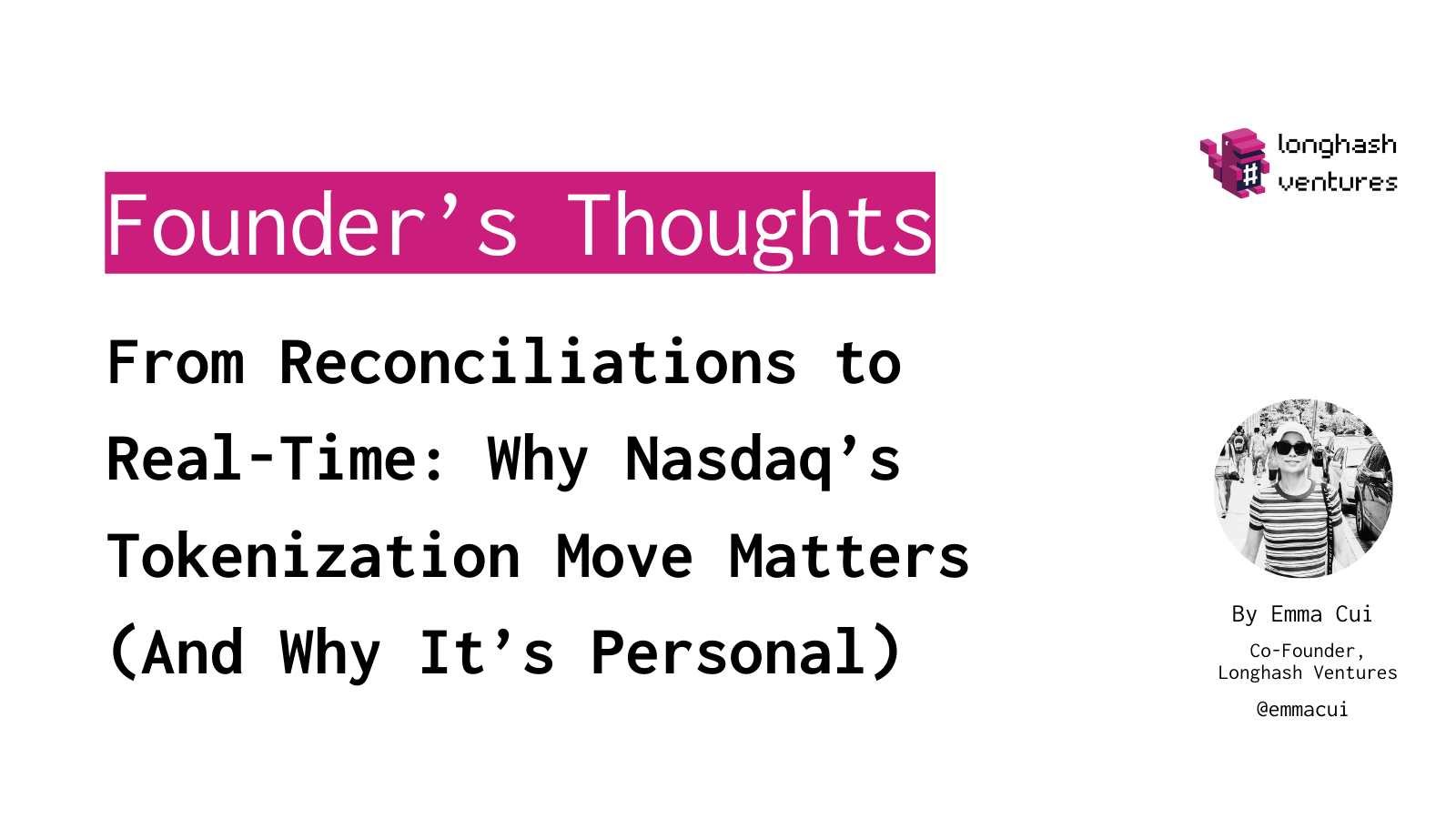
I started my career as a back‑office trainee at an institutional brokerage. Rotating through the back, middle, and front office was an education in friction. Every trade spawned a blizzard of tasks—confirmations, allocations, fails checks, stock borrows, cash breaks, and corporate‑action reconciliations. We would celebrate when two systems matched; we would escalate when three systems disagreed. In Singapore, equities settle on T+2; elsewhere it’s T+x with different cut‑offs and holidays. Stitching those calendars together across time zones is its own operational art.
That grind is what drew me to Ethereum in 2018. The promise was simple: if assets and money live on the same digital rails, delivery‑versus‑payment could be atomic, entitlements could be enforced by code, and the “breaks” that keep ops teams late at night would shrink. It felt idealistic at the time—powerful in concept, far from the core of regulated markets.
Fast‑forward to today, and that ideal is edging into mainstream market structure. Nasdaq has filed to allow tokenized representations of listed stocks and ETFs as early as 2026, subject to approval. A tokenized share would be the same security as the traditional one—same order book, same execution priority, same shareholder rights. Price discovery remains within the national market system. Liquidity is not siphoned off to alternative venues. There are no synthetics masquerading as equities.
The Rails: Post‑trade tokenization would run through DTCC/DTC, the depository that already handles settlement for U.S. securities. Instead of building an exchange‑native chain, the model converts settled positions at DTC into tokens and delivers them to DTC‑registered wallets under established controls. At launch, settlement remains T+1—not 24/7 trading and not instant settlement—but the architecture introduces programmable ownership and the ability to move securities on a chain once they’ve been minted. That’s a crucial first step that respects how markets actually work.
Until now, most “tokenized stocks” available to the public were either synthetics or wrapped instruments offered outside the U.S. and did not grant shareholder rights. Nasdaq’s proposal would bring fungible, rights‑equivalent tokenized shares inside the U.S. equity market’s primary venues, keeping liquidity unified and NBBO‑aware rather than fragmenting it across offshore venues or private chains.
Competitive Moves in 2025:
Against that backdrop, Nasdaq’s plan is the first to embed tokenized, rights‑equivalent shares within the national market system—a qualitatively different step from offshore synthetics. Listing Center
Back in 2018, the vision of assets and cash on one system felt like a hedge against the complexity I’d lived—something for labs and pilots. Today, with a major exchange embracing tokenization inside the regulated perimeter and the depository preparing the mint/burn and wallet infrastructure, the vision is practical. It starts with T+1 and careful controls, not with grand promises of instant everything. And that’s exactly why it can work.
For anyone who has reconciled the same trade three different ways, or waited for a cross‑border transfer to clear through layers of intermediaries, this isn’t an abstract upgrade. It’s a route to fewer breaks, faster finality, and cleaner data—delivered within the rules and venues we already trust.
In short: the dream that first pulled me into Ethereum—the dream of real‑time, programmable settlement where the asset and the cash speak the same digital language—is no longer a thought experiment. With Nasdaq’s filing and DTCC’s rails coming online, it is moving into production. One rule approval at a time, one issuer at a time, the market’s core is getting the upgrade it has needed for decades.